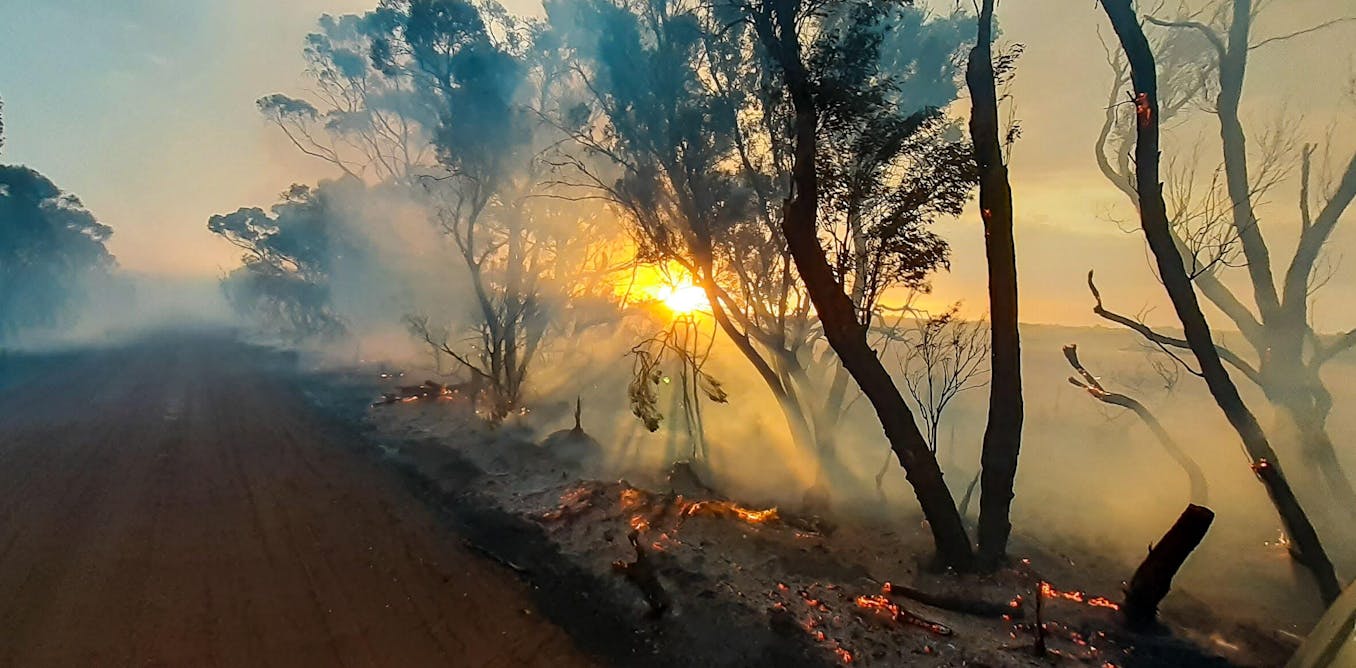Just How BAL Report Impacts Shrub Fire Protection Measures
In the world of bush fire protection, the Building Strike Level (BAL) report stands as a crucial device that dramatically affects the safety and security and resilience of buildings in fire-prone areas - BAL Report. The effect of a BAL analysis extends far past mere paperwork; it acts as the foundation for identifying the appropriate building and construction standards and fire defense actions essential to alleviate the dangers postured by bushfires. As areas face significantly extreme fire periods, recognizing how the BAL report shapes these safety steps ends up being critical for contractors, policymakers, and property owners alike
Recognizing the Bushfire Assault Degree

Relevance of BAL Record Analysis

Additionally, the BAL report assessment serves as a foundational action in abiding by lawful commitments and needs related to bushfire protection. Regional councils and authorities commonly mandate the submission of a BAL record as component of the preparation and building approval procedure to make certain that residential or commercial properties are appropriately safeguarded versus bushfire threats. Falling short to carry out a detailed BAL report analysis can cause insufficient security steps, leaving residential properties prone to ravaging bushfire events.
Construction Standards Based on BAL
An extensive understanding of the Bushfire Assault Level (BAL) enables homeowner to implement construction criteria customized to their specific threat account. Construction requirements based upon BAL are essential in reducing the impact of bushfires on residential properties. The BAL score categorizes the possible risk a residential or commercial property encounters throughout a bushfire on a scale from BAL-Low to BAL-FZ (Fire Zone) Each BAL degree represents certain building needs described in the Australian Standard AS3959-2018 Building of Buildings in Bushfire-Prone Locations. Properties identified as BAL-Low may only call for basic measures such as getting rid of debris and preserving yards, while those in greater BAL groups need more durable actions like ember displays, fire-resistant products, and secured home windows. Sticking to these construction requirements not just boosts the structural resilience of the residential property but additionally improves the overall security of locals throughout a bushfire occasion. Home owners should thoroughly consider their BAL score and comply with the corresponding building and construction standards to properly safeguard their homes and occupants.
Implementing Fire Defense Procedures
With the foundation of construction requirements based upon Bushfire Strike Level (BAL) in position, the focus currently shifts website link towards the functional implementation of fire defense steps to strengthen residential properties against bushfire hazards. Executing fire defense measures entails a combination of passive and energetic strategies to improve the resilience of buildings in bushfire-prone locations. Passive procedures consist of using fire-resistant structure materials, setting up coal guards on vents, sealing spaces this content in wall surfaces and roofs, and preserving a clear area around the property free from flammable plant life. Active measures incorporate having firefighting equipment readily available, such as tubes and water pumps, along with producing a defendable area around the property by clearing greenery and having a well-kept yard. Additionally, developing an emptying plan and making sure all homeowners understand emergency procedures are important parts of efficient fire defense actions. By incorporating both passive and active methods, homes can significantly lower their vulnerability to bushfire events and enhance the safety of passengers.
Shielding Homes Against Bushfires
Efficiently protecting homes against the harmful impacts of bushfires calls for a thorough and positive strategy to fire security actions. Property owners staying in bushfire-prone locations should focus on the implementation of different approaches to enhance their property's durability versus wildfires. One fundamental element is developing a defensible space around the home by preserving a clear area devoid of flammable materials. This consists of frequently cutting plant life, removing dead plants, and making sure a secure range in between trees and structures. Installing fire-resistant roof covering products can likewise significantly lower the risk of ash strikes and direct flame contact. Additionally, securing gaps and vents to stop ash breach, along with integrating fireproof windows and doors, can aid strengthen the home's protection against bushfires. Buying a trusted water resource, such as a properly maintained lawn sprinkler system or a committed continue reading this water storage tank, is critical for providing water throughout fire emergencies - BAL Report. By accepting a proactive position and integrating these protective measures, homeowners can significantly enhance their chances of protecting their homes against bushfires.
Conclusion
In final thought, the Bushfire Assault Degree (BAL) record plays an essential function in establishing the necessary protection steps versus bushfires. Carrying out fire defense measures based on the BAL report is important in securing buildings from possible bushfire threats.
In assessing bushfire risk to homes, comprehending the Bushfire Assault Degree (BAL) is an essential component for applying reliable security procedures. Generally, a clear understanding of the Bushfire Strike Level is essential for executing appropriate defense actions and minimizing the effect of bushfires on residential properties.
